The Mystery of the Ancient Romans' Contributions to Art
When delving into the captivating world of ancient Roman art, one cannot help but be mesmerized by the sheer brilliance and innovation that characterized this era. The Ancient Romans' Contributions to Art stand as a testament to their creativity and artistic prowess, leaving behind a legacy that continues to inspire and awe art enthusiasts and historians alike.
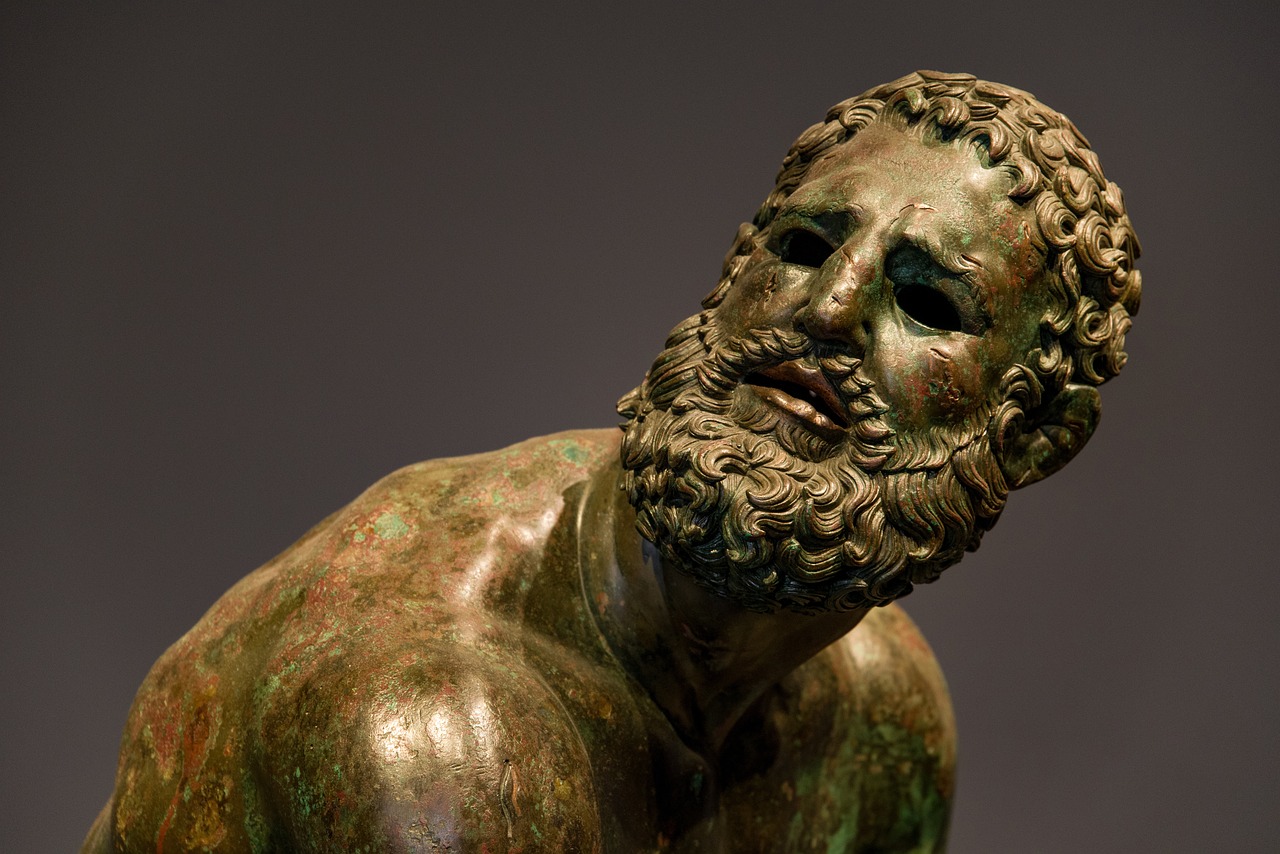
Ancient Roman Sculpture
Ancient Roman sculpture stands as a testament to the artistic prowess and creativity of this ancient civilization. The Romans excelled in sculpting both in marble and bronze, showcasing a mastery of techniques that have captivated art enthusiasts for centuries. Marble sculptures, with their intricate details and lifelike representations, were highly esteemed in Roman art history. The use of bronze also played a significant role, allowing sculptors to experiment with different textures and finishes, creating dynamic and expressive pieces.
One of the defining characteristics of ancient Roman sculpture is the attention to realism and emotion. Sculptors skillfully captured the nuances of human anatomy and expression, infusing their works with a sense of life and vitality. Whether depicting mythological figures, emperors, or ordinary citizens, Roman sculptors strived for accuracy and naturalism in their creations.
Moreover, Roman sculpture often served a dual purpose, not only as artistic expressions but also as propaganda tools. Portraits of emperors and dignitaries were used to convey power, authority, and divine connections, shaping public perception and political narratives.
The legacy of ancient Roman sculpture continues to influence artists and art historians to this day. The intricate details, technical skill, and emotional depth found in Roman sculptures have left an indelible mark on the art world, inspiring generations of creators to push the boundaries of artistic expression.
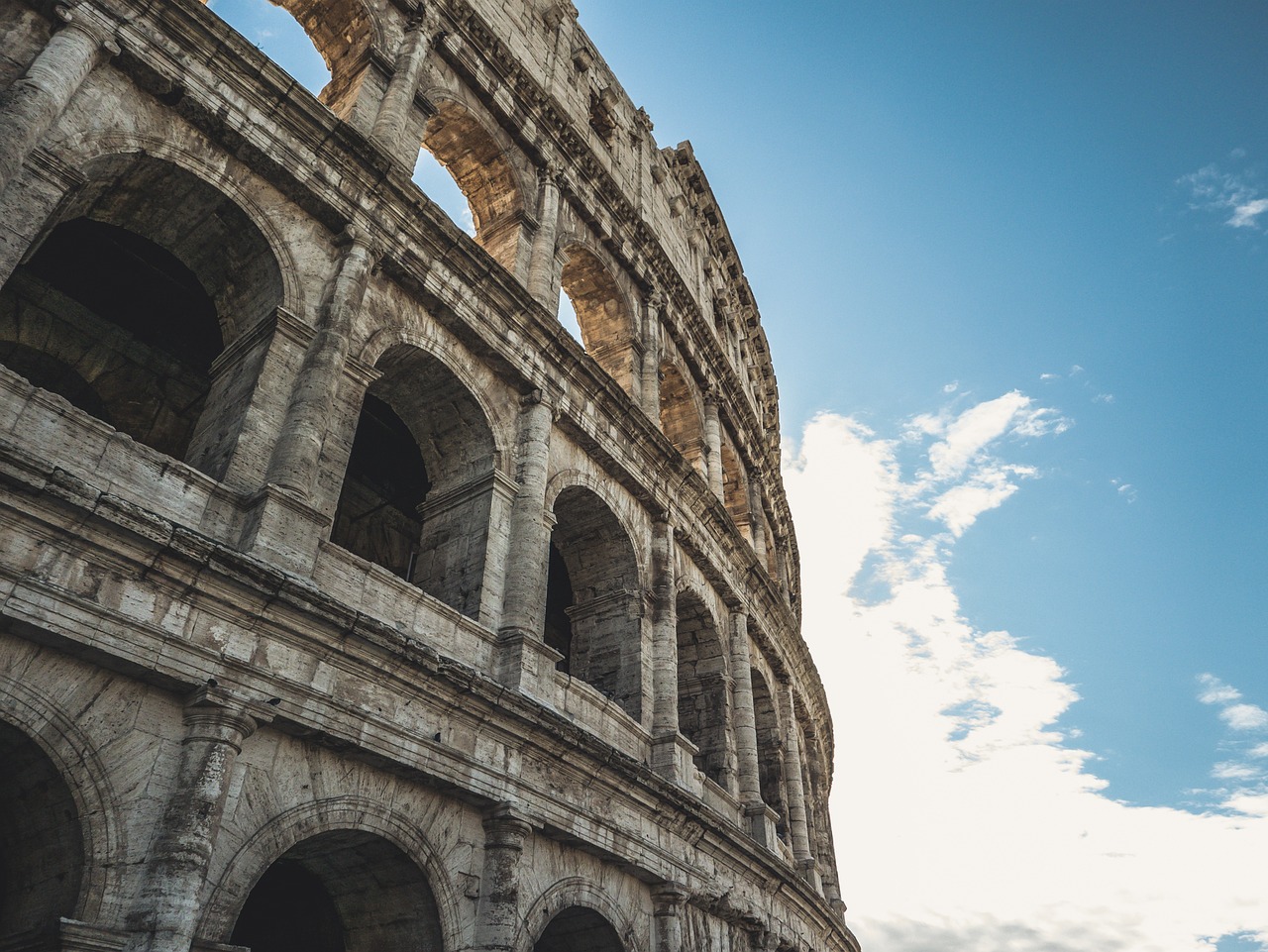
Ancient Roman Architecture
Ancient Roman architecture stands as a testament to the ingenuity and grandeur of the Roman civilization. The Romans were pioneers in engineering and design, creating structures that still awe and inspire us today. One of the most iconic examples of Roman architecture is the Colosseum, a massive amphitheater that hosted gladiatorial contests and other spectacles. The intricate network of arches, columns, and vaults in the Colosseum showcases the Romans' mastery of concrete construction and architectural innovation.
Moreover, Roman architecture was not limited to grand arenas like the Colosseum. The Romans also excelled in building aqueducts, bridges, temples, and public baths, all of which displayed their technical skill and aesthetic sensibility. The use of arches and vaults allowed Romans to create large interior spaces, influencing the development of Western architecture for centuries to come.
One remarkable aspect of Roman architecture is the integration of art and functionality. Decorative elements such as intricate carvings, mosaics, and frescoes adorned buildings, adding beauty and symbolism to architectural structures. The Romans understood the power of architecture to convey messages of power, wealth, and cultural identity.
Furthermore, Roman architects employed advanced techniques in urban planning, creating efficient road systems, forums, and public squares that facilitated social interaction and commerce. The grid layout of Roman cities like Pompeii exemplifies their meticulous planning and organizational skills.
In conclusion, ancient Roman architecture not only shaped the physical landscape of the Roman Empire but also left a lasting impact on architectural styles worldwide. The legacy of Roman architecture can be seen in the grandeur of European cathedrals, the symmetry of government buildings, and the functionality of modern urban planning. The Romans truly built for eternity, leaving behind a rich architectural heritage that continues to inspire architects and urban planners today.
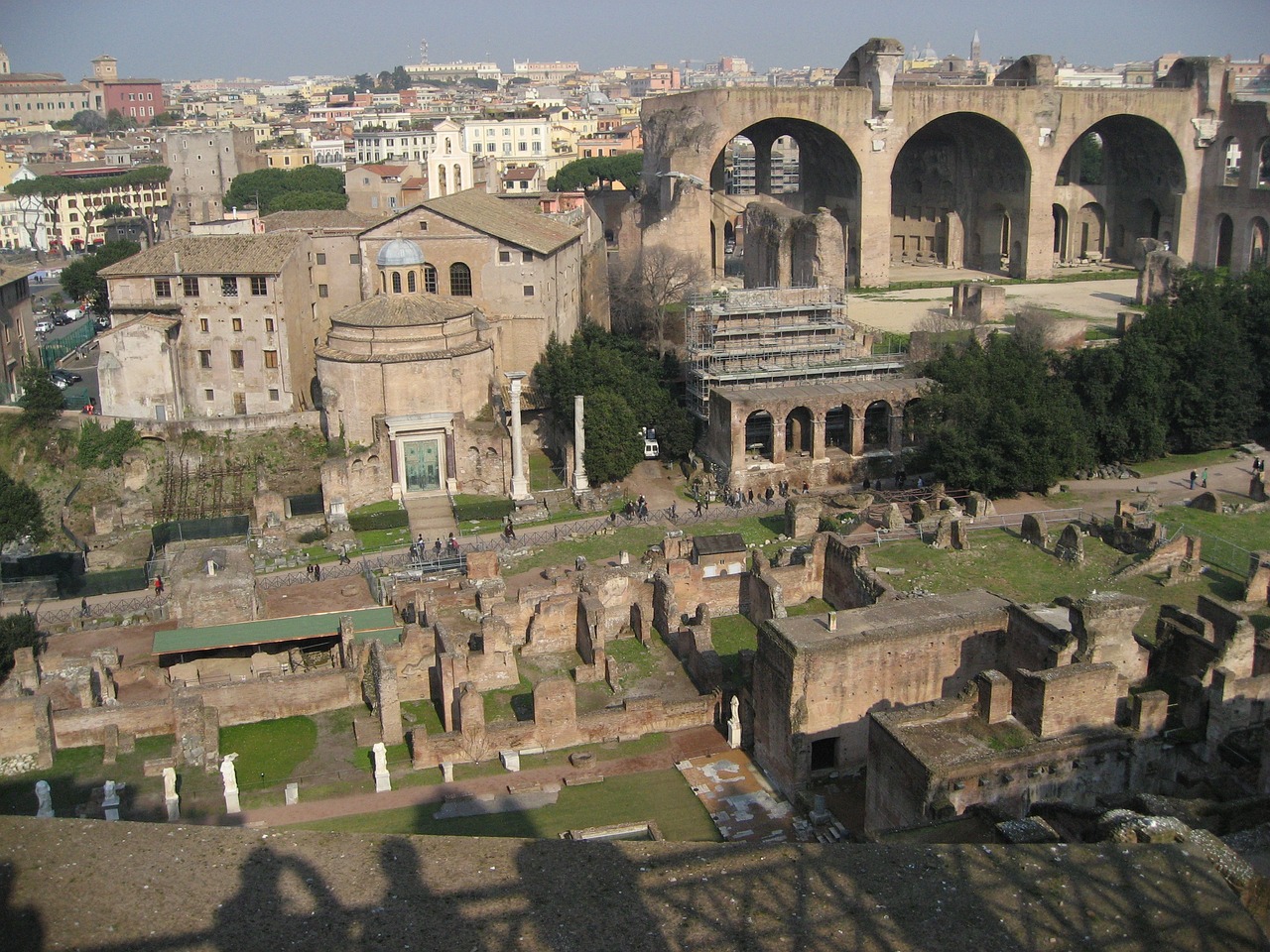
Roman Amphitheaters
Roman amphitheaters stand as iconic symbols of ancient Roman entertainment and architectural prowess. These grand structures, like the renowned Colosseum in Rome, were not merely venues for gladiatorial combat and other spectacles but also reflections of Roman society's values and aspirations. The design and construction of these amphitheaters were marvels of engineering, showcasing the Romans' ingenuity in creating vast, multi-tiered arenas that could accommodate thousands of spectators.
One fascinating aspect of Roman amphitheaters is their dual purpose as both entertainment venues and social spaces. Beyond hosting gladiatorial contests and chariot races, these amphitheaters served as gathering places where people from all walks of life could come together, transcending social divides and experiencing shared moments of excitement and drama.
The architectural features of Roman amphitheaters were not only functional but also symbolic. The elliptical shape of these structures allowed for optimal viewing angles for the audience, ensuring that every spectator could witness the action in the arena. The tiered seating arrangements reflected the hierarchical nature of Roman society, with different sections reserved for various social classes, from the elite to the common citizens.
Moreover, the elaborate facades and entrances of Roman amphitheaters were adorned with intricate sculptures and reliefs, depicting scenes from mythology, history, and daily life. These decorative elements not only added to the grandeur of the amphitheaters but also conveyed cultural and political messages, reinforcing the power and prestige of Rome.
As centers of entertainment and communal gathering, Roman amphitheaters played a significant role in shaping the cultural identity of ancient Rome. They were places where citizens could escape the rigors of daily life, immerse themselves in thrilling spectacles, and partake in the shared experience of being part of a vibrant and dynamic society.
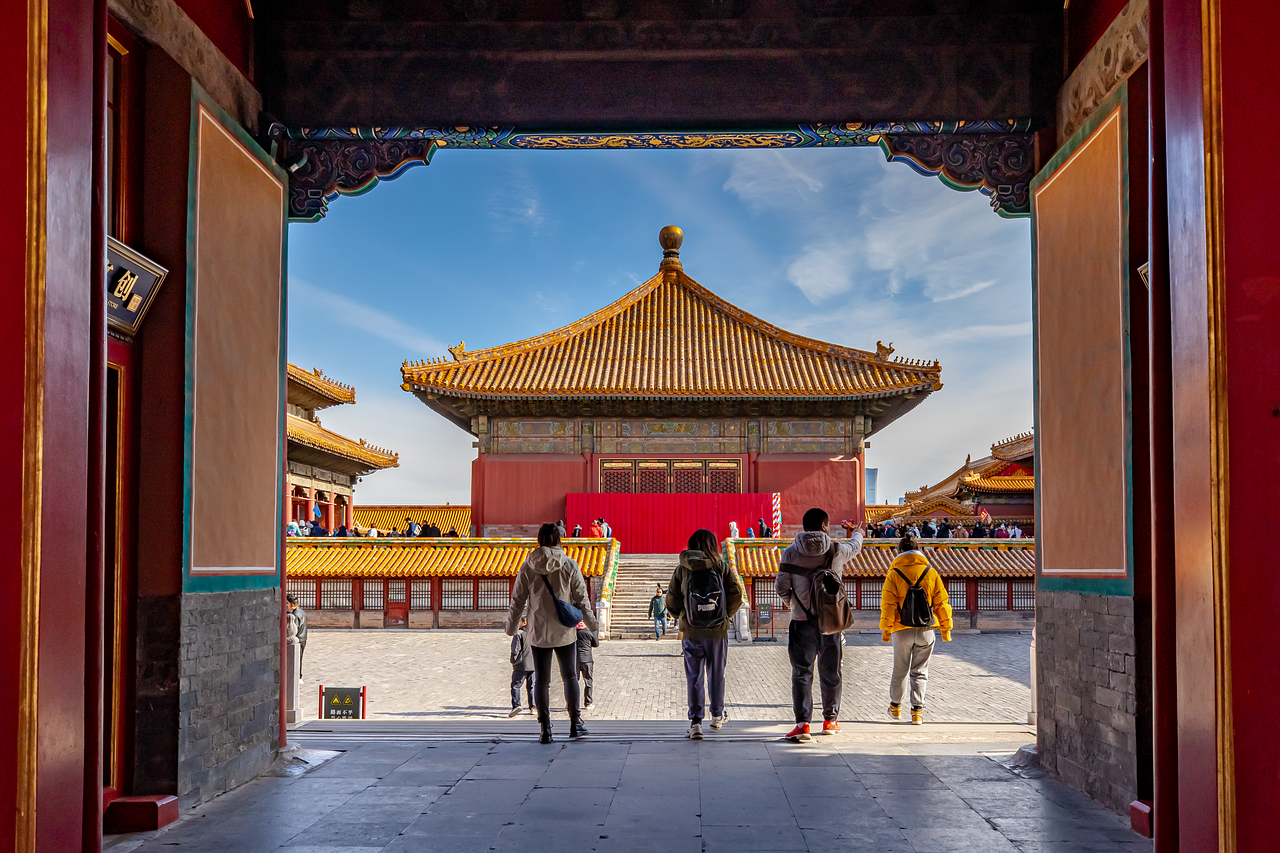
Ancient Roman Mosaics
Ancient Roman mosaics stand as a testament to the exquisite craftsmanship and artistic flair of the Roman civilization. These intricate floor decorations, composed of tiny colored stones and glass called tesserae, showcased a blend of creativity and meticulous attention to detail. The mosaics depicted a wide array of subjects, ranging from mythological scenes and geometric patterns to everyday life and flora.
The materials used in creating these mosaics were carefully selected to achieve vibrant colors and long-lasting durability. By skillfully arranging the tesserae, ancient Roman artisans were able to produce stunning visual effects that captivated viewers and added a touch of luxury to both public spaces and private residences.
Symbolism played a significant role in ancient Roman mosaics, with each design carrying deeper meanings and cultural significance. Whether portraying stories from Roman mythology or celebrating the bounties of nature, these mosaic artworks served as both decorative elements and narrative tools, enriching the visual landscape of Roman architecture.
One of the most famous examples of Roman mosaic art is the Alexander Mosaic, discovered in the House of the Faun in Pompeii. This grand masterpiece depicts the Battle of Issus between Alexander the Great and Darius III of Persia, showcasing the skillful blending of colors and intricate detailing that characterized Roman mosaic work.
Ancient Roman mosaics not only reflected the artistic prowess of the time but also provided insights into the cultural values and aesthetic preferences of Roman society. The meticulous craftsmanship and enduring beauty of these mosaic creations continue to inspire admiration and fascination among art enthusiasts and historians worldwide.
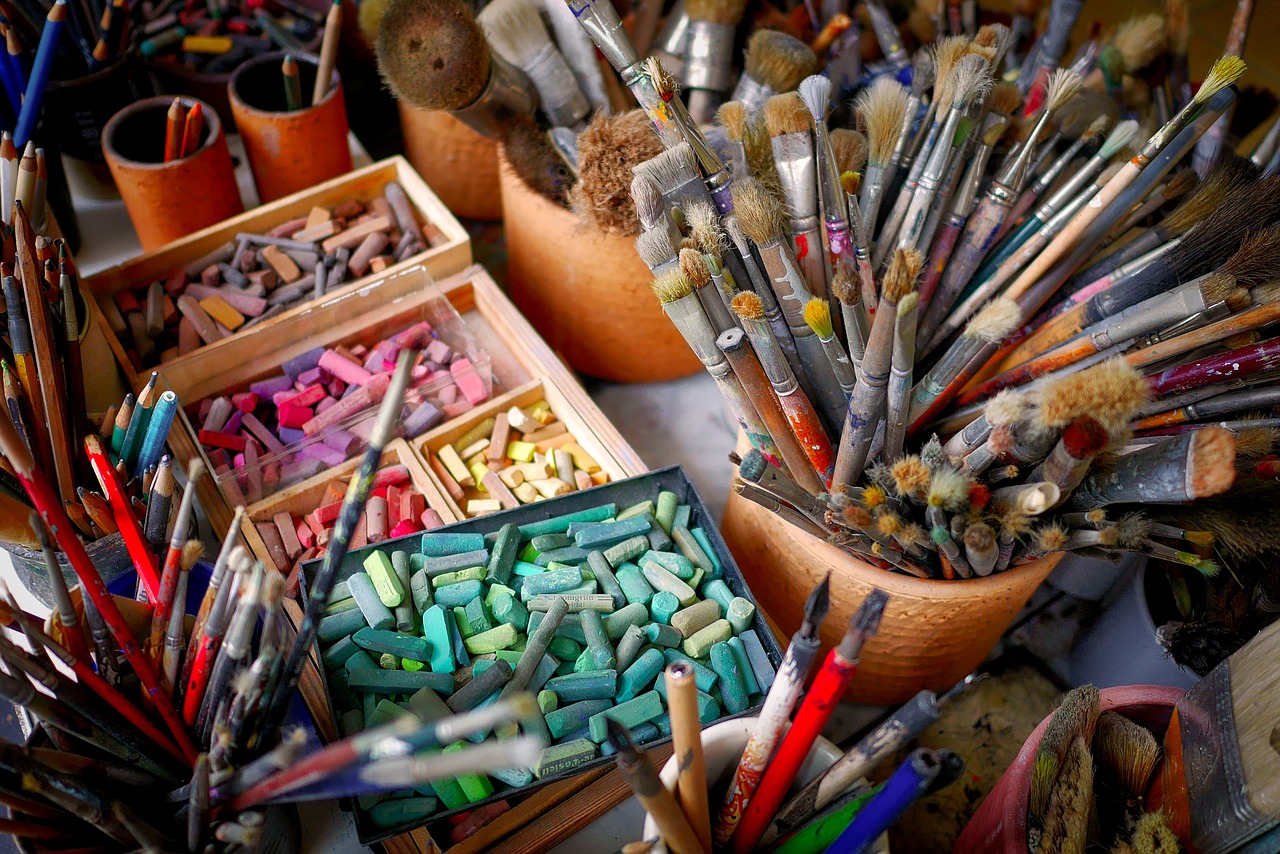
Ancient Roman Frescoes
Ancient Roman frescoes hold a special place in the realm of Roman art, showcasing the vibrant and detailed wall paintings that adorned the interiors of homes and public buildings. These frescoes were not just decorative elements but also served as a means to depict scenes from daily life, mythology, and historical events. The techniques used in creating frescoes involved applying pigments on freshly laid plaster, allowing the colors to become a part of the wall itself, ensuring durability and longevity.
The frescoes found in Pompeii and Herculaneum provide invaluable insights into the artistic styles and cultural practices of ancient Rome. These well-preserved artworks offer a glimpse into the daily lives of Romans, their beliefs, and the stories that were significant to them. From intricate floral motifs to elaborate mythological scenes, Roman frescoes were a reflection of the society's values and interests.
One of the remarkable aspects of Roman frescoes is the use of perspective and shading to create depth and realism in the paintings. Artists masterfully portrayed figures and landscapes with a sense of three-dimensionality, showcasing their skill and attention to detail. The themes depicted in frescoes ranged from simple domestic scenes to grand mythological narratives, catering to a wide range of tastes and interests.
Moreover, the colors used in Roman frescoes were not only visually appealing but also held symbolic meanings. Different hues were chosen carefully to convey emotions, signify status, or evoke specific themes. The intricate details and careful composition of these frescoes demonstrate the meticulous craftsmanship and artistic sophistication of ancient Roman painters.
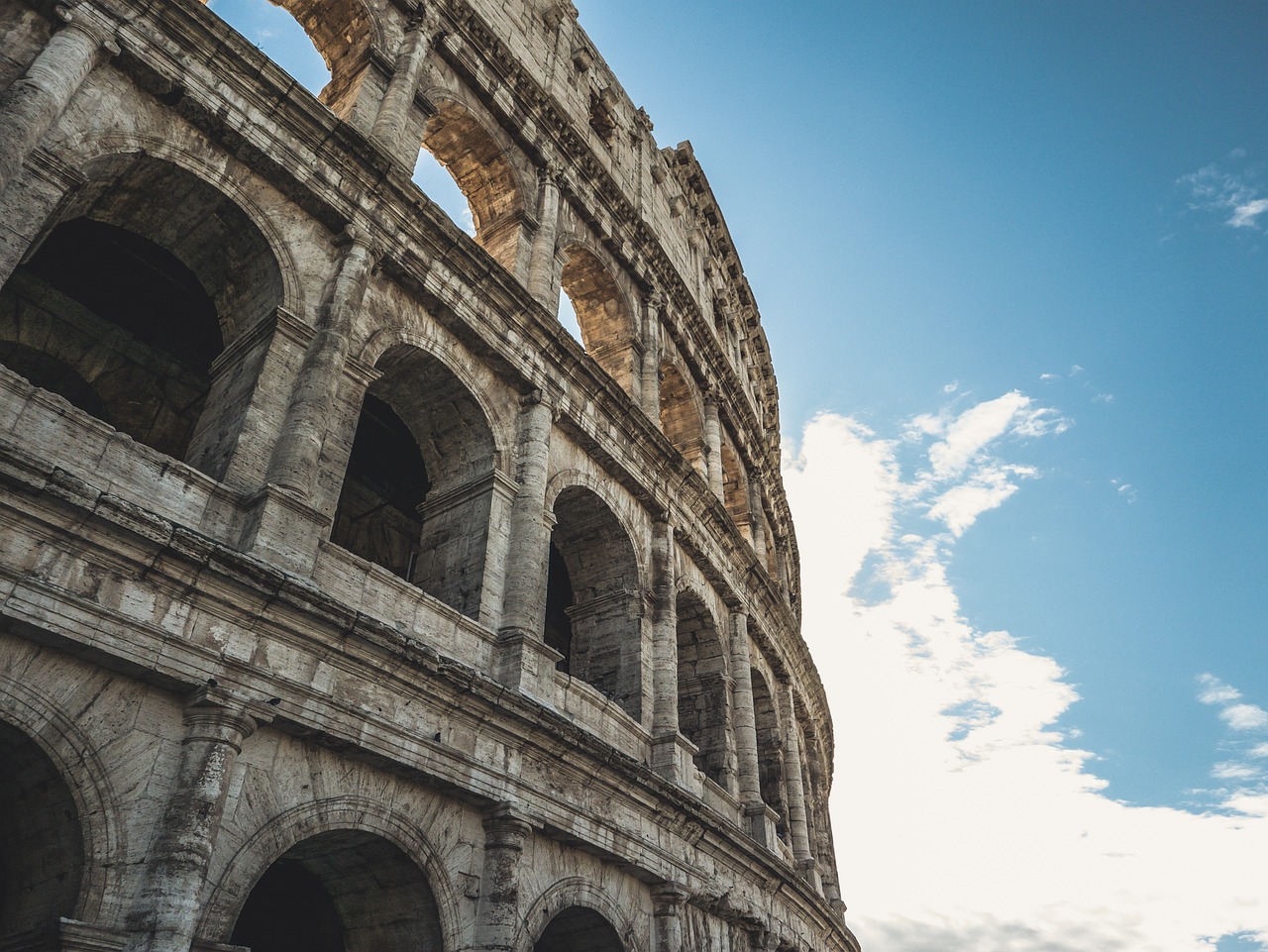
Pompeii and Herculaneum Frescoes
When we delve into the ancient cities of Pompeii and Herculaneum, we are met with a breathtaking display of preserved frescoes that offer a glimpse into the artistic prowess of the ancient Romans. These vibrant wall paintings, adorned with intricate details and vivid colors, serve as a time capsule, capturing the essence of daily life, mythology, and artistic styles of the time.
The frescoes found in Pompeii and Herculaneum not only showcase the artistic skills of the Roman painters but also provide valuable insights into the cultural and social aspects of the era. From scenes depicting mythological stories to everyday activities of the Roman citizens, these frescoes offer a rich tapestry of visual narratives that transport us back in time.
One of the remarkable aspects of the frescoes in Pompeii and Herculaneum is the level of detail and realism achieved by the artists. The intricate patterns, lifelike figures, and meticulous attention to color and shading demonstrate the mastery of Roman painters in capturing the essence of their subjects, whether human figures, landscapes, or architectural elements.
Moreover, these frescoes serve as a testament to the resilience of art in the face of natural disasters. The catastrophic eruption of Mount Vesuvius in 79 AD, which buried Pompeii and Herculaneum under layers of volcanic ash, inadvertently preserved these exquisite artworks, allowing us to appreciate and study them centuries later.
By exploring the frescoes of Pompeii and Herculaneum, we not only uncover the artistic achievements of the ancient Romans but also gain a deeper understanding of their cultural heritage and aesthetic sensibilities. These captivating artworks continue to fascinate and inspire art enthusiasts, historians, and archaeologists alike, offering a window into a bygone era of creativity and innovation.
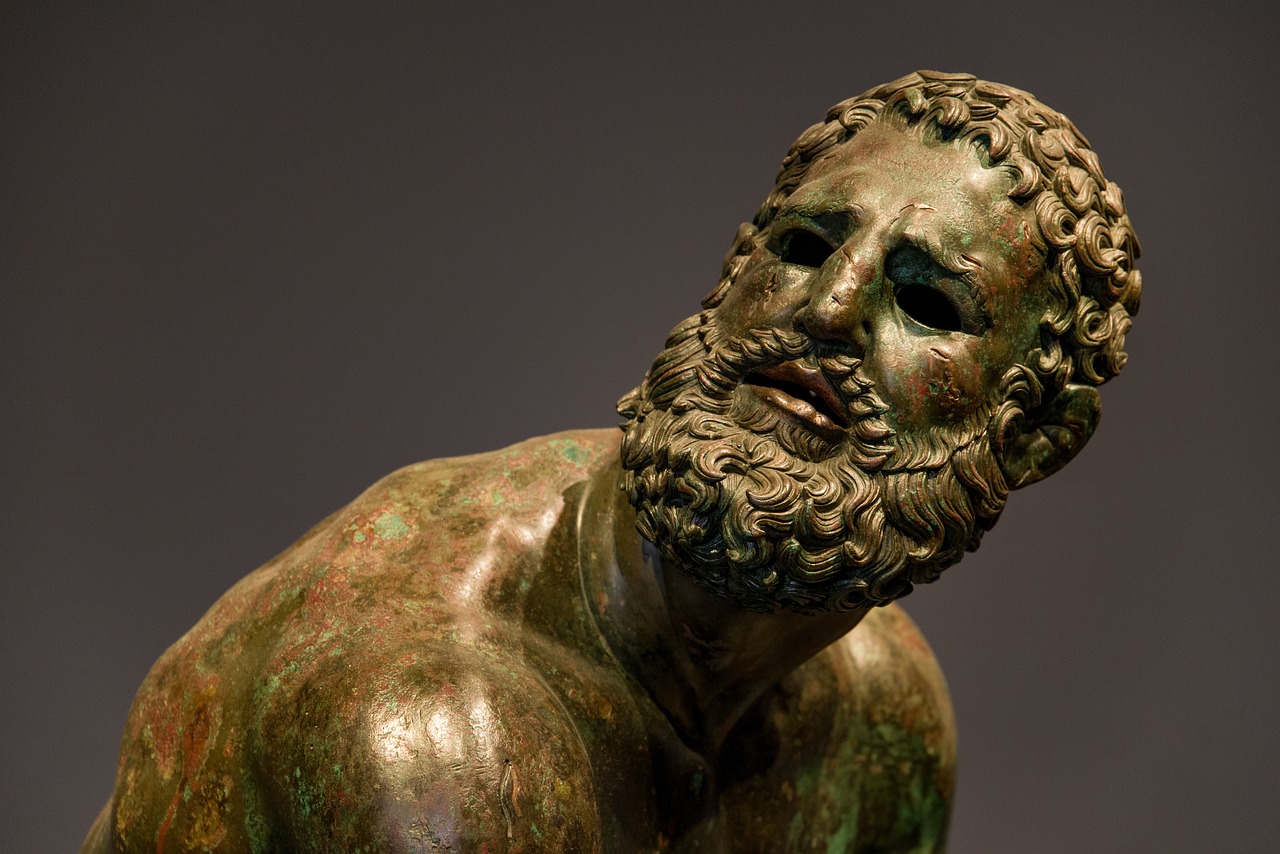
Ancient Roman Portraiture
Ancient Roman portraiture offers a fascinating glimpse into the artistic expressions of the time, capturing the essence of individuals through detailed and lifelike representations. The evolution of portraiture in ancient Rome reflects the societal values and cultural norms prevalent during that era. Emperors, nobles, and even ordinary citizens were immortalized in marble and bronze, showcasing a blend of realism and idealism in their depictions.
One of the remarkable aspects of ancient Roman portraiture is the emphasis on capturing not just physical features but also the character and status of the subjects. Portraits served as a means of propaganda, conveying power, authority, and virtues esteemed by Roman society. The use of portraiture as a tool for political messaging and social representation is evident in the detailed facial expressions, hairstyles, and attire of the subjects.
Portraits of emperors often depicted them in a manner that emphasized their divine or heroic qualities, reinforcing their status as rulers. The art of portraiture in ancient Rome also evolved to incorporate elements of Greek artistic traditions, blending naturalism with idealized forms to create a sense of grandeur and majesty in the representations.
Through the intricate details and nuanced expressions in ancient Roman portraits, artists sought to convey not just the physical likeness of the subjects but also their inner qualities and virtues. These portraits served as a visual record of individuals' identities, achievements, and legacies, preserving their memory for future generations.
Ancient Roman portraiture continues to inspire contemporary artists and scholars, offering a window into the artistic techniques and cultural values of the past. The legacy of Roman portraiture can be seen in the portrait traditions of later periods, influencing artistic movements and styles across different civilizations.
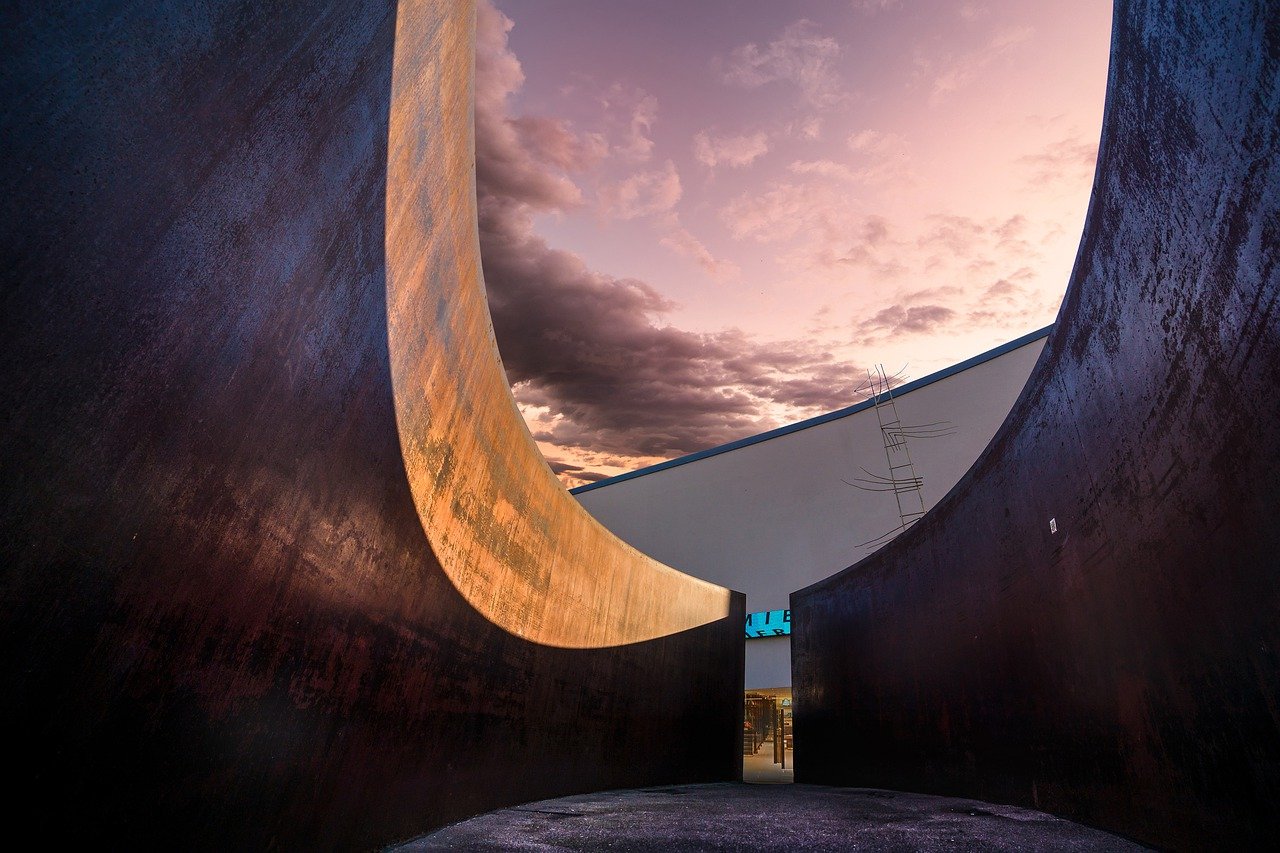
Roman Artistic Influences
When we delve into the artistic landscape of ancient Rome, we uncover a rich tapestry of influences that have reverberated through the corridors of art history. The Romans were not only master craftsmen in their own right but also adept at assimilating and reinterpreting the artistic traditions of the civilizations they encountered. This cultural cross-pollination gave rise to a distinctive Roman aesthetic that left an indelible mark on subsequent artistic movements.
One of the most significant influences of Roman art can be seen in the Renaissance period, where artists drew inspiration from the classical motifs and principles of Roman art. The revival of interest in the human form, perspective, and naturalism can be directly attributed to the study of Roman sculptures and frescoes. Artists like Michelangelo and Raphael looked to ancient Roman works for guidance, infusing their own creations with a sense of grandeur and monumentalism.
Furthermore, the Baroque movement of the 17th century was deeply influenced by the dramatic and emotive qualities found in Roman art. Baroque artists sought to evoke intense emotional responses in viewers through dynamic compositions and theatrical lighting, mirroring the theatricality and grandeur of Roman architecture and sculpture.
As we move into the Neoclassical era, artists once again turned to the art of ancient Rome for inspiration. The clean lines, symmetry, and idealized forms prevalent in Roman portraiture and architecture became emblematic of the Neoclassical style. Artists such as Jacques-Louis David and Antonio Canova embraced the classical ideals of beauty and harmony, echoing the aesthetic sensibilities of their Roman predecessors.
In essence, the artistic influences of ancient Rome continue to permeate the fabric of art history, serving as a timeless source of inspiration for generations of artists. The legacy of Roman art lives on in the echoes of marble statues, the grandeur of architectural monuments, and the vibrant hues of frescoes, reminding us of the enduring power of creativity and innovation.
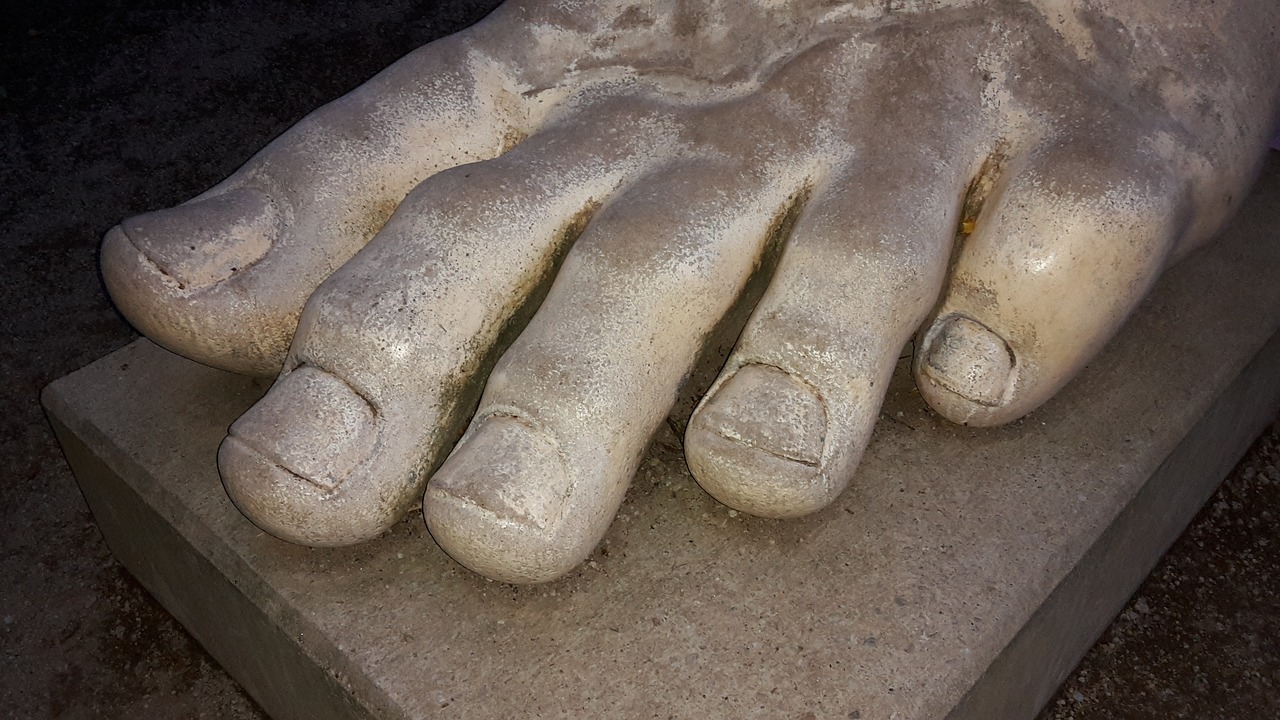
The Legacy of Roman Art
Ancient Roman art holds a captivating allure, showcasing the creative prowess and cultural richness of this ancient civilization. In this article, we will delve into the various facets of Roman art, from sculpture to architecture, mosaics to portraiture, uncovering the legacy that continues to influence the art world today.
As we reflect on the enduring legacy of ancient Roman art, it becomes evident that its impact transcends time and borders. The artistry and innovation displayed by Roman artisans have left an indelible mark on the artistic landscape, inspiring generations of creators across the globe.
One of the most remarkable aspects of Roman art is its ability to blend realism with idealism, capturing the essence of individuals while infusing them with a sense of grandeur and perfection. This unique approach to portraiture, exemplified in the lifelike statues of emperors and dignitaries, continues to influence contemporary artists seeking to imbue their work with both authenticity and symbolism.
Furthermore, the architectural marvels of ancient Rome stand as a testament to the ingenuity and vision of Roman engineers and builders. The grandeur of structures like the Colosseum and the Pantheon not only showcases the technical prowess of the Romans but also serves as a source of inspiration for modern architects striving to create enduring monuments that stand the test of time.
It is through the intricate beauty of Roman mosaics and frescoes that we gain insight into the daily life, beliefs, and artistic sensibilities of the ancient Romans. The meticulous craftsmanship and symbolic richness of these decorative arts continue to fascinate scholars and art enthusiasts, offering a window into a world long past yet vibrantly alive in its artistic expression.
Moreover, the influence of Roman art extends far beyond the boundaries of the ancient empire, shaping the artistic movements of the Renaissance, Baroque, and Neoclassical periods. The revival of classical motifs and the emulation of Roman artistic techniques by masters such as Michelangelo and Bernini attest to the enduring appeal and relevance of Roman art in the evolution of Western art history.
In conclusion, the legacy of Roman art stands as a testament to the enduring power of creativity and innovation. By exploring the techniques, styles, and cultural significance of Roman art, we not only gain a deeper appreciation for the artistic achievements of the past but also recognize the ongoing impact of Roman art on contemporary artistic practices.
Frequently Asked Questions
- What were the main materials used in ancient Roman sculpture?
Ancient Roman sculptors primarily worked with marble and bronze, utilizing these materials to create intricate and lifelike statues that showcased the artistic skill of the time.
- How did ancient Roman architecture influence modern building design?
Ancient Roman architecture, known for its use of arches, domes, and concrete, laid the foundation for many architectural styles seen in modern buildings, influencing structures around the world.
- Why were Roman amphitheaters like the Colosseum so significant?
Amphitheaters like the Colosseum were vital in Roman society, hosting events such as gladiator contests and public spectacles that reflected the culture and values of the time.
- What materials were commonly used in creating ancient Roman mosaics?
Ancient Roman mosaics were crafted using small pieces of colored glass, stone, and ceramic tiles known as tesserae, meticulously arranged to form intricate designs and patterns.
- How did ancient Roman frescoes contribute to the visual beauty of buildings?
Ancient Roman frescoes, painted on wet plaster walls, added vibrant colors and detailed scenes to both private residences and public structures, enhancing the aesthetic appeal of the architecture.
- What themes were commonly depicted in Pompeii and Herculaneum frescoes?
Frescoes in Pompeii and Herculaneum often depicted scenes from daily life, mythology, and nature, providing a glimpse into the beliefs and interests of ancient Roman society.
- Why was portraiture significant in ancient Roman art?
Ancient Roman portraiture captured the essence of individuals with a mix of realism and idealism, serving as a way to honor emperors, nobles, and citizens while reflecting the social hierarchy of the time.
- How did ancient Roman art influence later artistic movements?
Ancient Roman art had a lasting impact on Western art history, influencing periods such as the Renaissance, Baroque, and Neoclassical eras, with artists drawing inspiration from Roman techniques and styles.
- Why does the legacy of Roman art continue to endure today?
The legacy of Roman art endures due to its timeless beauty and influence on subsequent artistic endeavors, with contemporary artists and scholars still drawing inspiration from the masterpieces of ancient Rome.



















